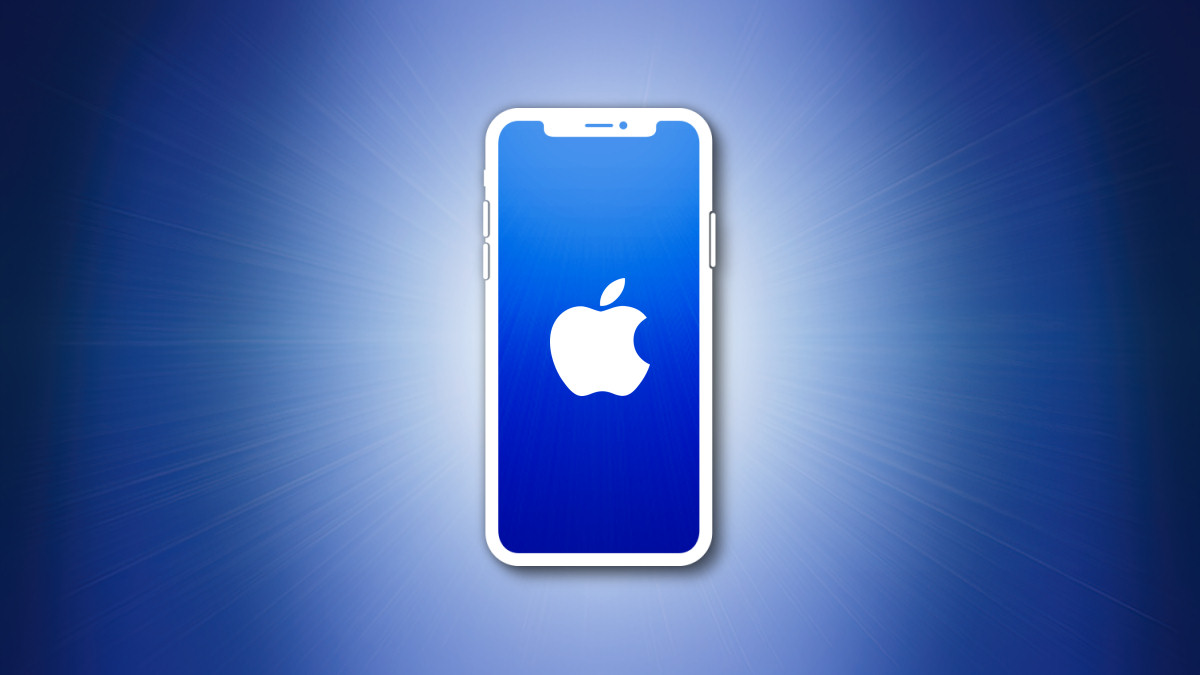#What Is Screen-on Time?

Table of Contents
“#What Is Screen-on Time?”

You’ve probably stumbled into some tips related to “reducing screen-on time.” What exactly does that mean, and how do you measure yours? We’ll explain.
Screen-on Time Defined
Screen-on time is the amount of time in hours that a device’s display is open, typically a phone. It’s in contrast to standby time, which is the amount of time that a device can stay in sleep mode.
Screen-on time is a valuable figure when talking about battery life. For example, you might say, “this device lasts for 8 hours of screen-on time,” which means you can leave a phone’s display running for 8 hours on a single full charge. This is significantly more useful than raw battery capacity since phones have different displays, processors, and optimizations. A phone with a smaller battery may have considerably higher screen-on time than a phone with a bigger battery.
Some people also use screen-on time to measure their productivity and phone habits. For example, you might say, “I average five hours of screen-on time per day.” If you feel like that’s too much, you can then actively reduce your phone usage. You can also measure this app-by-app using iOS and Android’s built-in tools, as we’ll explain below.
Measuring Battery Life
One of the most immediately valuable ways to use screen-on time information is to measure battery life. Most modern devices, especially iOS devices, have excellent standby time, which means they can last for long periods with the screen turned off. The real test of battery life is how long a phone can stay on when the screen is on, especially since the display is one of the most significant sources of battery drain.
Across Youtube, you’ll find “battery life tests” that compare device battery lives, almost always with the screen turned on and doing a moderately intensive task such as watching a video. These are a better way to compare battery life between devices, as manufacturer estimates can often be misleading.
One easy way to help you achieve more battery life is to limit the screen’s power consumption. As much as possible, keep your phone in standby mode. If you do need to turn on the screen, set it to a low brightness mode. If your phone gives you the option to reduce your screen’s refresh rate or resolution, these can also help improve battery life.
RELATED: Debunking Battery Life Myths for Mobile Phones, Tablets, and Laptops
How to Check Your Screen-on Time

If you’d like to check your own screen-on time on an iOS or Android mobile device, then the process is quite simple.
For iPhones or iPads, there’s a menu option in your settings called “Screen Time.” It shows you your average daily usage, how much you use each app, and the number of times you’ve opened each of your devices in a day. This data also syncs across devices, so you’ll get the screen time of the iPads and iPhones tied to your Apple account. If you want the exact steps, you can look at our Apple Screen Time guide.
For Android, most device manufacturers have a setting built into their custom operating system. On most Android devices, you can find your screen time through a “Digital Wellbeing” menu in your settings. This setting’s name may vary between Android devices, so consult your device manufacturer’s website. You can learn more about screen time measurements in Android through our handy guide.
If you want to check screen-on time for a computer, such as a PC or Mac, then the process is a little less linear. If you’d like to track your computer-usage time manually, you can use a timed task tracker like Toggl. If you want to automate the process, you can use programs like ActivityWatch or RescueTime, which automatically check which websites and apps you visit and provide you with a detailed usage report.
Warning: As always, exercise caution with third-party apps like these, especially when they have the capability to monitor your activity. Even if we recommended them, we cannot guarantee they remain safe and secure at the time you’re reading this.
RELATED: How to Use and Configure Screen Time on Your iPhone or iPad
Productivity Drain? How to Limit Your Screen-on Time
When most people look at their screen-on time report for the first time, they’re often struck by how much time they spend on “unproductive” activities. For example, many don’t notice that they’re using social media or watching Youtube for hours during the day. Many also find it surprising how long they are actively using their phone throughout the day.
While having plenty of hours in front of a screen isn’t necessarily negatively correlated with productivity, constantly opening your phone can be distracting. Fortunately, there are ways to limit your screen activity and set app limits on Android and iPhone or iPad. You can also limit distractions on your PC through website blocking.
Not only can limiting some of your screen time make you more productive, but it can also reduce eye strain and improve your device’s battery health. That’s what we call a win-win.
If you liked the article, do not forget to share it with your friends. Follow us on Google News too, click on the star and choose us from your favorites.
For forums sites go to Forum.BuradaBiliyorum.Com
If you want to read more like this article, you can visit our Technology category.



